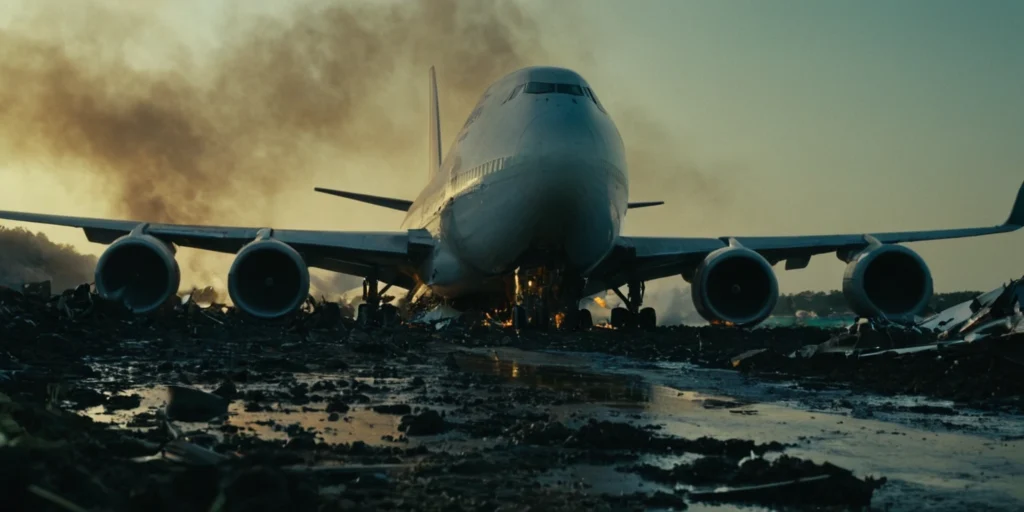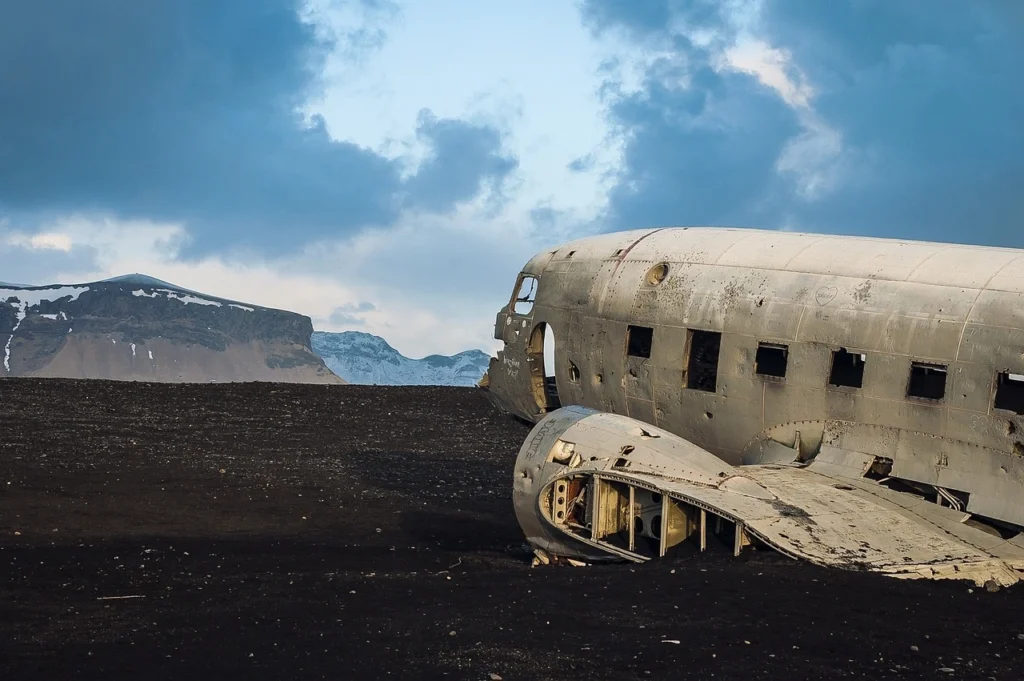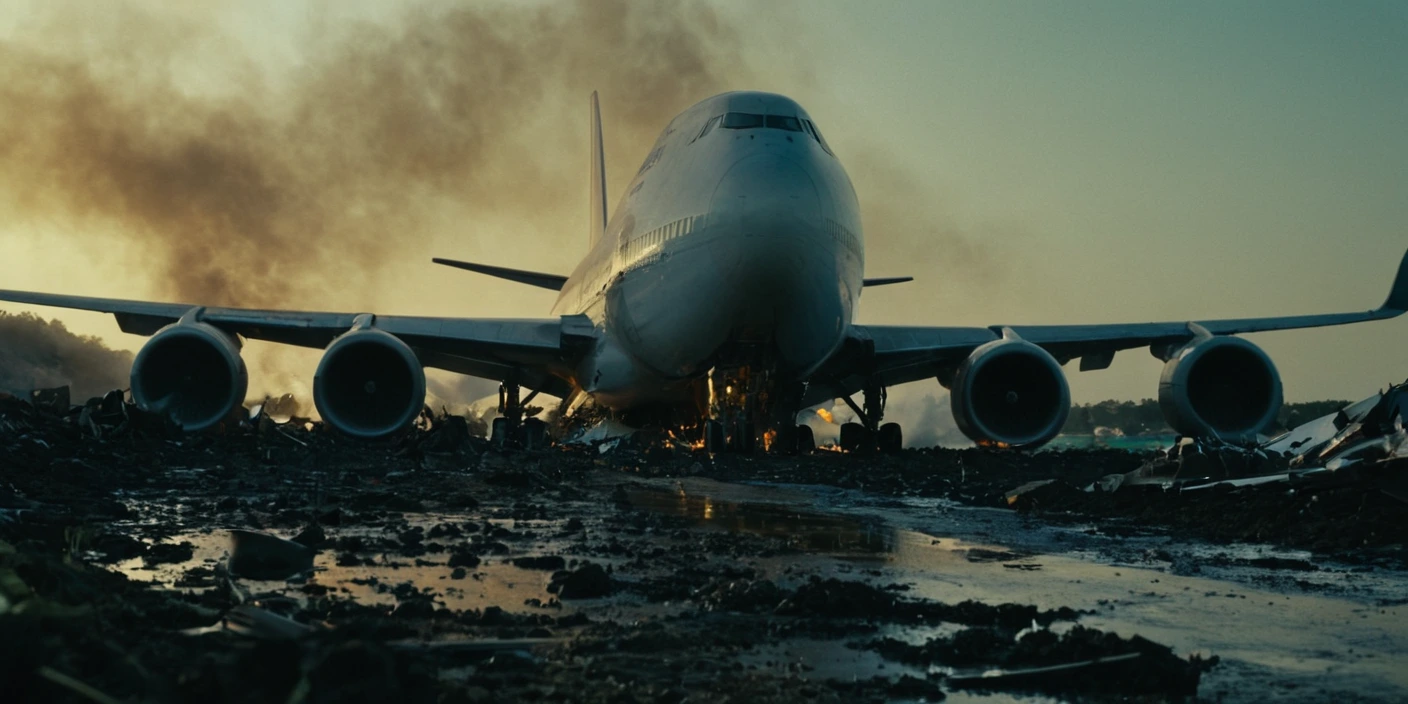
What is pilot‑suicide or pilot‑driven crash?
A pilot‑driven crash happens when a pilot uses the plane to end their own life, sometimes harming others in the process. Investigators often call this “suicide by pilot,” and in many cases, it also becomes murder‑suicide when passengers or people on the ground are killed.
These events are rare but very serious. After such a crash, investigators check the pilot’s mental health history, look for signs of depression, and search for any suicide notes or suspicious behavior before the flight. They try to determine whether the crash was caused by technical failure or human intention.
Which large‑scale cases have happened?
Germanwings Flight 9525 (2015)
In March 2015, co‑pilot Andreas Lubitz locked the captain out of the cockpit and flew the plane into the Alps. All 150 people on board died. Investigators later found he had a history of mental illness and had trained for the crash in advance.
LAM Mozambique Flight 470 (2013)
Captain Herminio dos Santos Fernandes intentionally set the autopilot to dive and locked the door after the co‑pilot left the cockpit. The plane crashed into Namibia, killing all 33 passengers and crew. Black box data confirmed the captain’s deliberate actions.
Royal Air Maroc Flight 630 (1994)
After takeoff, Captain Younes Khayati disconnected autopilot and forced the aircraft into a steep dive. All 44 people on board were killed. Investigators concluded the crash was intentional and the pilot acted alone.
Japan Air Lines Flight 350 (1982)
While approaching Tokyo, the pilot moved critical control levers to force the plane down. Out of 174 people, 24 died. Authorities later confirmed the pilot suffered from mental health issues and intentionally caused the crash.
What prompts a pilot to crash purposely?
Most cases of pilot‑driven crashes involve mental health issues such as depression, anxiety, or suicidal thoughts. Some pilots may also face intense stress, financial problems, or personal tragedies. These issues can sometimes build up silently, leading to a dangerous decision in flight.
Other contributing factors include feelings of hopelessness, emotional instability, or even a desire to make a statement. Because pilots often work under pressure and sometimes feel isolated, they may hide their emotional pain from coworkers and superiors.
Today, authorities are more aware of these risks. Airlines now aim to support mental health better and train crew members to detect warning signs early.
How often do such crashes occur?
Fortunately, pilot‑suicide crashes are very rare. Between 2003 and 2012, there were only a few confirmed cases involving solo pilots. Even fewer incidents included commercial flights with passengers.
Despite the low numbers, each crash has a major impact. Aviation officials take every case seriously and use it to improve safety rules. The rarity does not mean the threat is ignored—it means safety measures are working most of the time.
These events receive a lot of public attention, not because they are common, but because they are shocking and tragic.
What safety measures exist to prevent these acts?
- Mental‑health checks – Pilots must go through medical exams regularly, and some assessments include mental health questions. However, deep psychological testing is still limited.
- Two‑person cockpit rule – Many airlines now require that two authorized crew members be in the cockpit at all times. This rule started after the Germanwings crash to prevent one pilot from being alone in control.
- Wellness programs – Airlines have begun offering mental‑health support, counseling, and helplines. Pilots are encouraged to speak up about emotional distress.
- Flight data monitoring – Some safety experts recommend advanced monitoring tools to detect unusual patterns in how planes are flown.
All these steps aim to detect and prevent risky behavior before it leads to disaster.
How do investigators determine if a crash was intentional?
Investigators study several things after a crash to decide if it was caused on purpose. These include:
- Flight data – They check for strange control inputs, sharp dives, or speed changes that do not match normal flying.
- Cockpit voice recordings – Silence or abnormal sounds can suggest that one pilot acted alone or locked the other out.
- Mental history – They search for evidence of depression, anxiety, therapy, or troubling behavior before the flight.
- Personal life – Investigators look into whether the pilot was going through emotional or financial problems.
- Mechanical inspection – They check whether the plane has any technical issues. If nothing is found, human error or intent becomes more likely.
These investigations are very detailed and can take months to complete.
Have there been cases in private or home‑built planes?
Yes, there have been intentional crashes involving small or private aircraft. In one example, a pilot intentionally crashed his plane to film the event for YouTube. He parachuted out safely but later admitted to doing it on purpose and hiding evidence.
Although commercial pilot cases gain more attention, most pilot‑suicide events happen in private flights. These usually involve only the pilot, which makes them harder to detect or prevent.
Private aviation has fewer rules compared to commercial flights, making mental‑health checks and onboard monitoring less strict.
What happened in the recent Air India crash?
In 2025, Air India Flight 171 crashed shortly after takeoff. Investigators later revealed that the fuel switches for both engines had been turned off during the climb. Turning off those switches requires a deliberate action, not an accident.
This led experts to consider pilot involvement. The crash raised serious questions about mental health in aviation and whether safety checks were strong enough. The investigation is ongoing, but many suspect it could be another case of a deliberate crash.
Such tragic incidents always restart conversations around pilot behavior and safety.

Can regional or small‑plane flights be affected?
Yes. Many pilot‑driven crashes actually occur in small, regional, or private flights. These flights often have only one pilot and no second person to stop dangerous behavior.
Since small planes also do not always have black boxes or voice recorders, it can be hard to know exactly what happened. This makes investigation difficult and prevention even more important.
Authorities are now considering new policies for small flights, including better mental‑health checks and advanced monitoring tools.
Is it safe to fly commercial with current measures?
Yes, flying remains one of the safest forms of travel. The airline industry has taken big steps since 2015 to stop pilot‑caused crashes. Rules such as the two‑person cockpit policy and mental‑health programs help prevent problems before they happen.
Commercial planes have advanced technology, trained crew, and strict rules that make it hard for anyone to act alone. While no system is perfect, flying with major airlines is very safe.
Passengers can feel confident knowing their safety is the airline’s top priority.
What can airlines do in the future?
Airlines can take even more steps to prevent pilot‑driven crashes, such as:
- Better mental‑health screening – Airlines could use expert psychologists to do deeper assessments.
- Create a supportive culture – Pilots should feel safe to ask for help without fear of losing their job.
- Add real‑time monitoring tools – These can alert ground crews if something seems wrong mid‑flight.
- Install cockpit cameras – This is a controversial idea, but it might help investigators understand pilot behavior better.
- Strengthen global policies – All airlines should follow the same rules for cockpit access and mental health.
By working together, airlines and governments can reduce the risk even further.
Conclusion
Planes deliberately crashed by pilots are rare but deeply tragic. Incidents like Germanwings and Mozambique show how serious mental health issues can lead to disaster when undetected. Thankfully, airlines and safety agencies now use improved rules, mental‑health support, and two‑person cockpit policies to prevent these events.
With better technology and stronger focus on pilot wellbeing, the chances of a similar tragedy are lower than ever. Flying remains very safe—and will only become safer as awareness and prevention efforts grow.
FAQs
1. Can a pilot just shut down engines mid‑flight?
Yes, it is possible for a pilot to manually turn off engines or control systems. However, doing this takes several deliberate steps and goes against all training. Any such act is considered highly suspicious and is deeply investigated.
2. Why do pilots hide mental‑health issues?
Many pilots fear losing their jobs if they admit to depression or mental health problems. Because of this, they may avoid reporting their issues or seeking help, which can lead to bigger problems later on.
3. Are cockpit‑door locks safe?
Yes, they are designed to prevent hijackings. But they can also be misused if a pilot locks out the other crew member. That’s why the two‑person rule was added—to stop one person from being alone in the cockpit.
4. How do airlines support struggling pilots?
Most airlines offer programs like counseling, wellness checks, and peer support. These are designed to help pilots deal with stress or emotional pain in a private and supportive environment.
5. Should flights install cameras in cockpits?
Some safety experts believe cameras can help in crash investigations. They might also stop pilots from acting wrongly. But there are concerns about pilot privacy, and most airlines do not yet use them.

